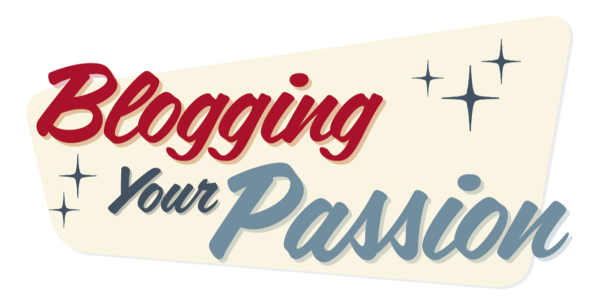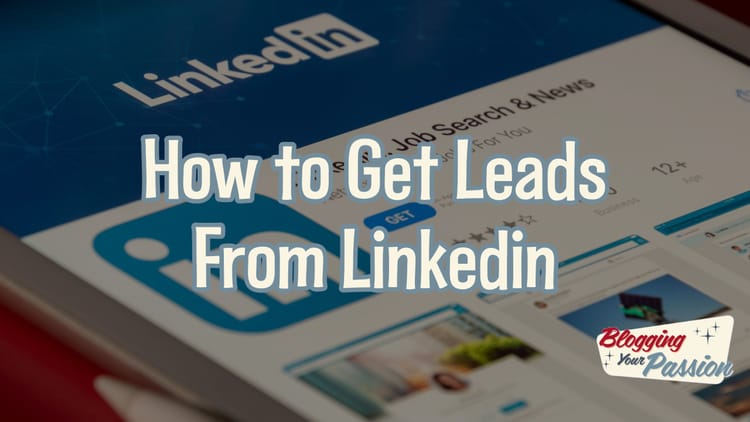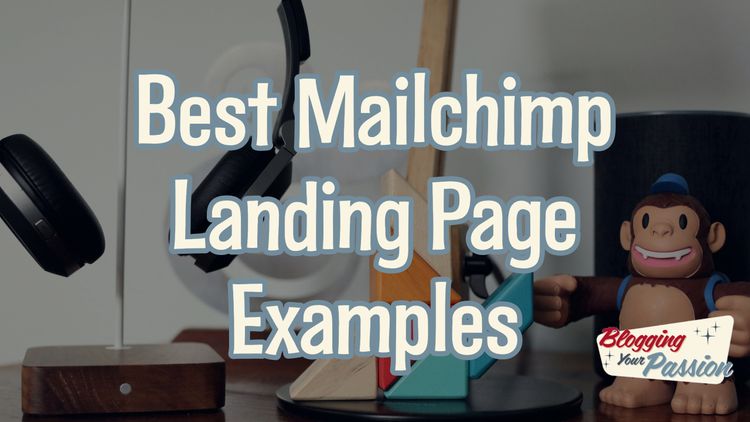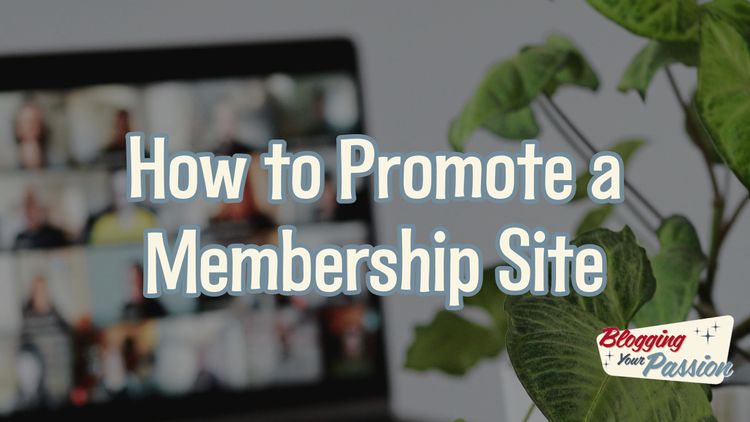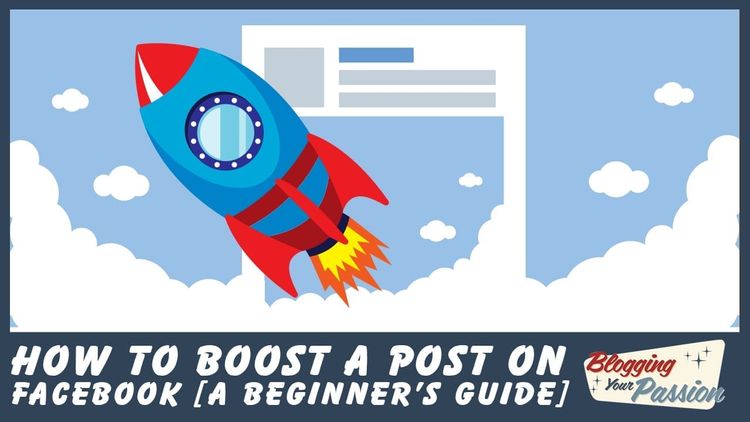How to Start a Podcast for Beginners (2024 Guide)
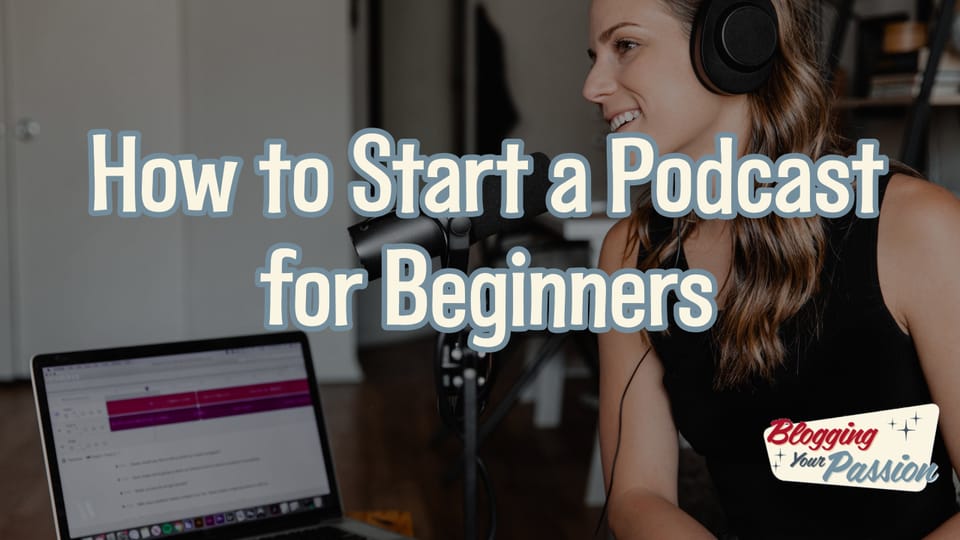
Hey there! If you've ever thought about starting your own podcast but didn't know where to begin, you've come to the right place.
In this article, I'll walk you through the step-by-step process of creating and launching your very own podcast.
We'll cover everything from choosing the perfect topic to marketing your show to the right audience.
So grab a cup of coffee and let's dive into the exciting world of podcasting together!
Key Takeaways
- Choosing the right podcast topic is crucial in starting a podcast.
- Selecting an attention-grabbing podcast name is important for attracting listeners.
- Creating eye-catching podcast cover art can help in promoting your podcast.
- Getting the right equipment, including a microphone, headphones, and recording software, is essential for producing a polished final product.
Table of Contents (click to expand)
- Step 1. Choose Your Podcast Topic
- Step 2. Select a Podcast Name
- Step 3. Create Your Podcast Cover Art
- Step 4. Decide Your Podcast Format
- Step 5. Get the Right Equipment
- Step 6. Setting Up for Recording in Descript
- Step 7. Simple Editing with Descript Software Tool
- Step 8. Hosting Your Podcast with BuzzSprout
- Step 9. Monetizing Your Podcast
- Step 10. Marketing Your Podcast
Step 1. Choose Your Podcast Topic
Once you've decided on your podcasting topic, it's time to start brainstorming episode ideas. As a beginner podcaster, it's important to choose a podcast topic that you are passionate about and that resonates with your target audience.
When brainstorming new episodes, think about what topics or themes would interest your potential listeners and keep them coming back for more.
One approach is to think about the problems or challenges your target audience faces and how your podcast can help provide solutions or insights.
For example, if you're starting a podcast about personal finance, you could have episodes on budgeting tips, investing strategies, or debt management. By addressing the pain points of your target audience, you are offering them value and creating a sense of belonging.
Another idea is to explore different angles or perspectives within your podcast topic. This allows you to cover a wide range of subtopics and keep your content fresh and engaging.
For instance, if your podcast is about health and wellness, you could have episodes on nutrition, fitness, mental health, and even interviews with experts in the field. This variety will attract a diverse audience and keep them interested in your podcast.
When brainstorming episode ideas, it's also important to consider the length and format of your podcast. Will your episodes be short and focused or longer and more conversational?
This will depend on your target audience and the style of your podcast. Think about a catchy and memorable podcast name that reflects your topic and appeals to your potential listeners.
Overall, choosing a podcast topic and brainstorming new episodes is an exciting part of starting your podcasting journey. By considering your target audience, their needs, and the variety of subtopics within your chosen theme, you can create a podcast that fosters a sense of belonging and attracts potential listeners.
Step 2. Select a Podcast Name
First, think about a name that reflects your podcast's theme and captures the attention of your audience. As a beginner in the podcasting world, choosing the right podcast name is crucial. It sets the tone for your show and can attract listeners who resonate with your content.
When brainstorming a podcast name, consider the theme or topic you'll be discussing. Is it a comedy podcast, a true crime series, or a self-improvement show? Your podcast name should reflect the essence of what you'll be talking about and pique the interest of potential listeners.
As a podcast beginner, it's important to keep your podcast title simple and easy to remember. Avoid long and complicated names that might confuse your audience. Instead, opt for something catchy and memorable.
Think about the keywords or phrases that encapsulate your podcast's focus and incorporate them into your name. This will help potential listeners understand what your show is about at a glance.
Another aspect to consider when selecting a podcast name is the format of your show. Are you planning on hosting interviews, solo episodes, or roundtable discussions? Incorporating the format into your podcast name can give potential listeners an idea of what to expect from your episodes.
Step 3. Create Your Podcast Cover Art
When designing your podcast cover art, it's important to consider using eye-catching visuals that capture the essence of your show and attract potential listeners.
Your podcast cover art is like the face of your podcast, so it needs to be visually appealing and make people want to click and listen.
As beginners in the podcasting world, it can feel overwhelming to create your own cover art, but don't worry, I'm here to help you get started!
To begin, think about the theme and tone of your podcast. What is the main message or feeling you want to convey? Is it light-hearted and funny, or serious and thought-provoking? Once you have a clear idea of the essence of your show, you can start brainstorming ideas for your cover art.
Consider using vibrant colors, bold typography, and relevant imagery that aligns with your podcast's content. This will help catch the attention of potential listeners and give them a sense of what your podcast is all about.
Remember, your podcast cover art should also be consistent with your podcast's branding. If you already have a logo or a specific color scheme, incorporate those elements into your cover art to create a cohesive look. This will help build recognition and make your podcast easily identifiable.
As beginners, it's completely normal to feel unsure about where to start when creating your podcast cover art. But don't be afraid to experiment and try different designs.
Get feedback from friends or fellow podcasters to see what resonates with them. And most importantly, have fun with it! Your podcast cover art is an opportunity to showcase your creativity and let your personality shine through.
Decide Your Podcast Format
To decide your podcast format, think about the type of content that will engage your audience and keep them coming back for more. As content creators, it's important to understand the different formats that can capture the attention of your listeners.
Here are three podcast format ideas that will help you create a sense of belonging and connection with your audience:
- Conversational Style: Picture yourself sitting with your friends, having an engaging and lively conversation. This format allows you to bring guests on your show, creating a sense of community and camaraderie. You can discuss various topics, share personal experiences, and provide valuable insights. The casual and intimate nature of this format will make your listeners feel like they are part of the conversation.
- Storytelling Format: Imagine yourself as a captivating storyteller, taking your listeners on a journey with every episode. This format allows you to share compelling narratives, whether it's true crime stories, personal anecdotes, or fictional tales. By using vivid descriptions and engaging storytelling techniques, you can transport your audience into different worlds, leaving them eagerly awaiting the next episode.
- Educational Format: Envision yourself as a knowledgeable mentor, sharing valuable information and insights with your listeners. This format allows you to educate your audience on a specific topic or industry. You can provide tips, tricks, and in-depth analysis, helping your listeners learn something new with each episode. By offering valuable content, you will establish yourself as an authority and create a loyal community of learners.
Get the Right Equipment
Make sure you have the right equipment for your podcast, such as a high-quality microphone and headphones, to ensure clear audio and a professional sound.
As a beginner in the podcasting world, it's crucial to invest in the right tools to make your show stand out. When it comes to microphones, there are a few options to consider.
One popular choice is a USB microphone, which is easy to set up and provides excellent sound quality. USB microphones are plug-and-play, meaning you can connect them directly to your computer without the need for additional equipment. This convenience makes them ideal for beginners who want to get started quickly.
Another important aspect of your podcasting setup is your headphones. While any pair of headphones will do, it's recommended to invest in a good quality pair that allows you to hear every detail of your recording. This will help you catch any audio issues and ensure a polished final product.
In addition to the microphone and headphones, you'll also need recording software. There are several options available, both free and paid, that offer a range of features to enhance your podcasting experience. Some popular choices include Audacity, GarageBand, and Adobe Audition.
Getting the right equipment is essential to producing a podcast with professional sound quality. By investing in a podcast microphone, a good pair of headphones, and reliable recording software, you'll be well on your way to creating a show that captivates your audience and makes them feel like they belong.
Setting Up for Recording in Descript
Once you have finished setting up your recording space in Descript, it's time to adjust the input levels to ensure optimal audio quality. This step is crucial for beginners, as it sets the foundation for a professional-sounding podcast.
Here are three key things to keep in mind when adjusting your input levels:
- Find the sweet spot: Just like Goldilocks searching for the perfect porridge, you want your input levels to be just right. Too low, and your voice might sound distant and hard to hear. Too high, and it can distort and become unpleasant to listen to. Experiment with different levels until you find the sweet spot where your voice sounds clear and balanced.
- Avoid background noise: Unwanted background noise can be distracting for your listeners. Make sure to set your input levels in a way that minimizes any ambient sounds, such as fans or buzzing electronics. You want your audience to feel like they're right there with you, immersed in the conversation.
- Test, test, test: Before you hit that record button for your first episode, take the time to test your input levels. Record a short sample and play it back to ensure everything sounds just the way you want it to. This allows you to make any necessary adjustments before diving into the full recording.
By following these steps in Descript, you'll be well on your way to creating a podcast that captures the attention and belonging of your audience.
Simple Editing with Descript Software Tool
Now that we have our recording all set up in Descript, let's dive into the next step: simple editing using this amazing software tool. I must say, I was blown away by how user-friendly and intuitive Descript is.
Editing your podcast episodes can be a daunting task, especially if you're new to the world of podcasting. But fear not, because Descript makes the process incredibly simple.
With just a few clicks, you can trim out any awkward pauses, remove unwanted sections, and even fix mistakes in your audio.
One of my favorite features of Descript is its ability to transcribe your audio automatically. This means that you can easily search for specific words or phrases in your recording, making it a breeze to find and edit any parts you want to change. It saves so much time!
But it doesn't stop there. Descript also offers a range of powerful editing tools that allow you to enhance your podcast's audio quality. You can adjust the volume levels, add background music or sound effects, and even remove background noise. It's like having a professional audio engineer right at your fingertips.
And the best part? Descript's real-time collaboration feature lets you work with others on your podcast, making the editing process even more efficient and enjoyable.
Hosting Your Podcast with BuzzSprout
If you're looking for a reliable platform to host your podcast, BuzzSprout is a great choice. As a new podcaster, finding the right hosting platform is crucial to ensure your episodes reach your audience seamlessly.
BuzzSprout offers a user-friendly interface and a range of features that make it an excellent hosting site for your podcast.
Here are three reasons why BuzzSprout is the perfect podcast host for beginners like me:
- Intuitive Interface: BuzzSprout provides a simple and intuitive interface that makes it easy to upload and manage your episodes. With just a few clicks, you can upload your audio files, add episode details, and even schedule future releases. The platform's clean and organized design ensures a smooth and hassle-free experience.
- Reliable Hosting: With BuzzSprout, you can trust that your podcast will always be available to your listeners. The platform uses robust servers to ensure fast and reliable hosting, minimizing downtime and ensuring a seamless listening experience for your audience.
- Simple RSS Feed Integration: BuzzSprout makes it effortless to create and manage your podcast's RSS feed. RSS feeds are essential for distributing your podcast to various platforms like Apple Podcasts, Spotify, and Google Podcasts. With BuzzSprout, you can easily generate your RSS feed and submit it to popular directories, expanding your podcast's reach.
Monetizing Your Podcast
To monetize your podcast successfully, you need to explore different strategies and opportunities that will help you generate income from your content. As podcasters, we all want to create a sense of belonging within our community while also finding ways to support ourselves financially.
One effective way to achieve this is by incorporating affiliate links into your podcast episodes. Affiliate links are a great way to earn money by promoting products or services that align with the interests of your audience.
By partnering with companies and including their links in your show notes or website, you can earn a commission for every sale made through those links. It's important to choose affiliate programs that resonate with your audience and offer valuable products.
Another strategy to consider is building an email list. By encouraging your listeners to subscribe to your newsletter, you can establish a direct line of communication with them.
This allows you to share exclusive content, promote new episodes, and even offer premium services or products. It's a fantastic way to deepen the connection with your audience and potentially generate income through sponsorships or collaborations.
When it comes to the production quality of your podcast, using a professional editing software like Adobe Audition can make a significant difference. This tool allows you to enhance the audio quality, add music, and create a polished final product.
Speaking of music, using royalty-free music is crucial to avoid copyright issues. There are various platforms that offer a wide range of royalty-free music options, ensuring that you can find the perfect soundtrack for your podcast without any legal concerns.
Marketing Your Podcast
Marketing your podcast is essential for reaching a wider audience and increasing your listenership. As a podcaster, I understand the desire to connect with a community and build a loyal following.
Here are three strategies that have helped me in marketing my podcast:
- Leveraging social media platforms: Social media platforms provide an excellent opportunity to engage with your potential audience. By creating compelling content and sharing it on platforms like Facebook, Instagram, and Twitter, you can attract new listeners and keep your existing audience engaged. Building a strong social media presence allows you to foster a sense of belonging within your community.
- Utilizing podcast directories: Listing your podcast on popular directories like Apple Podcasts, Spotify, and Google Podcasts can significantly expand your reach. These directories are like virtual marketplaces where potential listeners can discover your show. By optimizing your podcast's description and using relevant tags, you can increase your visibility and attract a larger audience base.
- Taking advantage of online courses: Investing in online courses that focus on podcast marketing can provide you with valuable insights and strategies. These courses often teach you how to effectively promote your podcast through various channels, such as email marketing or collaborations with other podcasters. By honing your marketing skills, you can create a sense of belonging among your listeners and foster a community that supports your podcast.
Frequently Asked Questions
How Do I Find Guests for My Podcast?
Finding guests for my podcast can be a challenge, but it's definitely doable with some effort and creativity.
One approach is to reach out to experts or influencers in your podcast's niche. You can do this through email or social media. By contacting them directly, you can express your interest in having them as a guest on your show.
Another option is to join podcasting communities or attend industry events. These are great opportunities to network with potential guests. By connecting with people who are already involved in the podcasting world, you can find individuals who may be interested in appearing on your show.
Lastly, consider inviting friends, colleagues, or people you admire as your first guests. This can help you build momentum and credibility for your show. Having familiar faces as guests can also make you feel more comfortable during the early stages of your podcast.
With these strategies in mind, you can increase your chances of finding interesting and engaging guests for your podcast.
What Are the Best Ways to Promote My Podcast on Social Media?
To promote my podcast on social media, I've found a few effective strategies.
First, I engage with my audience by responding to comments and messages promptly.
I also create eye-catching graphics and videos to share on platforms like Instagram and TikTok.
I collaborate with other podcasters or influencers in my niche to expand my reach.
Lastly, I make sure to share regular updates and teasers about upcoming episodes to keep my followers excited and engaged.
How Do I Submit My Podcast to Different Podcast Directories?
To submit my podcast to different podcast directories, I need to follow a few steps.
First, I have to create an account on each directory's website.
Then, I can upload my podcast episodes and provide all the necessary information, like the title, description, and artwork.
Once I've filled out all the details, I just need to submit it for review.
It's an exciting process that helps me reach a wider audience and increase my podcast's visibility.
How Can I Improve the Audio Quality of My Podcast Recordings?
To improve the audio quality of your podcast recordings, there are a few things you can do.
First, invest in a good microphone to capture clear and crisp sound.
Second, find a quiet location to record in order to minimize background noise.
Third, consider using a pop filter to reduce plosive sounds.
Lastly, edit your recordings using software to remove any unwanted noise or improve the overall sound quality.
These steps will help ensure a more professional and enjoyable listening experience for your audience.
What Are Some Effective Strategies for Engaging With My Podcast Audience and Building a Community Around My Show?
When it comes to engaging with my podcast audience and building a community around my show, I've found some effective strategies.
One strategy is being active on social media platforms. This allows me to reach a wider audience and interact with my listeners in real-time.
Another strategy is responding to listener comments and messages. This shows that I value their feedback and encourages them to continue engaging with my content.
Creating opportunities for listener participation is key. This can include Q&A episodes or guest interviews, which give my audience a chance to be directly involved in the show.
Lastly, I make an effort to personalize my content and connect with my audience on a more personal level. This helps foster a sense of belonging and community among my listeners.
How do I choose a podcast topic?
When choosing a podcast topic, think about your interests, expertise, and what you think your target audience would enjoy. It's important to choose something you're passionate about and can consistently create content for.
How do I select a podcast name?
Your podcast name should be catchy, relevant to your topic, and easy to remember. Brainstorm different ideas and consider using keywords related to your niche. Make sure to check if the name is already taken to avoid confusion.
How do I create podcast cover art?
You can create podcast cover art using graphic design tools like Canva or Adobe Photoshop. Keep it simple, visually appealing, and ensure it represents the essence of your podcast. Use high-quality images and make sure the text is legible.
What factors should I consider when deciding my podcast format?
Consider the length of each episode, the frequency of release, the structure (interview-based, storytelling, solo show), and the overall tone of your podcast. Find a format that suits your content and engages your audience.
What equipment do I need to start a podcast?
Basic podcasting equipment includes a microphone, headphones, a pop filter, and audio recording/editing software. Investing in a good quality microphone is crucial for better sound quality.
How do I set up for recording in Descript?
To set up recording in Descript, you need to first download and install the software. Connect your microphone, choose the correct input source in the software settings, and ensure the audio levels are properly calibrated.
How can I monetize my podcast?
You can monetize your podcast through sponsorships, advertising, affiliate marketing, Patreon, selling merchandise, or offering premium content or bonus episodes. Explore different revenue streams and find what works best for your podcast.
How can I effectively market my podcast?
To market your podcast, utilize social media platforms, create engaging content, collaborate with other podcasters or influencers, optimize your podcast for search engines, and ask for reviews and ratings. Consistency and engagement are key.
Why is tracking analytics important for my podcast?
Tracking analytics provides valuable insights into your podcast's performance, audience demographics, and listener behavior. It helps you understand what content resonates with your audience, make data-driven decisions, and improve your podcast over time.
How can I grow my podcast audience?
To grow your podcast audience, promote your episodes on social media, engage with your listeners, collaborate with other podcasters, guest on other shows, participate in relevant communities, optimize your podcast for discoverability, and consistently produce high-quality content.
Final Thoughts
Starting and growing a successful podcast takes time, effort, and commitment. But with passion for your topic and care put into perfecting your craft, an engaging community and rewarding experience awaits.
Lay the groundwork by deciding on a compelling niche and format. Prepare thoroughly before your launch - script shows beforehand, refine your audio editing abilities, and promote creatively across channels old and new. The connections you build with listeners make the entire endeavor worthwhile.
Stay adaptable to feedback, track analytics to refine strategies, and keep up with the evolving landscape. Podcasting requires patience but delivers immeasurable value when you stick with it.
Trust in the message you feel compelled to share with the world - your unique voice and perspective deserves a platform.Rewarding relationships with listeners, opportunities to deepen your knowledge, a sense of purpose from spreading your ideas - that’s what fuels successful shows.
You now have all the tools and tips needed to start strong. So embrace both the creativity and work ethic needed to produce something meaningful. The possibilities of where your show can reach over time are limitless.
Believe in your vision and the rest will follow one step at a time. Wishing you the best as you take this first step on an exciting journey into podcasting!
